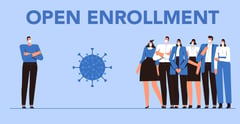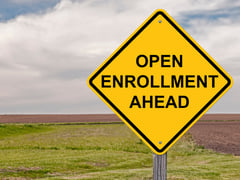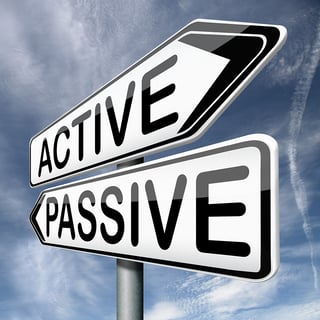 Open enrollment is a very busy time of the year for companies both large and small. Employers can approach employee benefits open enrollment in one of two ways: active or passive enrollment.
Open enrollment is a very busy time of the year for companies both large and small. Employers can approach employee benefits open enrollment in one of two ways: active or passive enrollment.
Active enrollment means that employees MUST re-evaluate their previous benefit choices and elect from current options for the upcoming year. Passive enrollment allows employees to simply re-enroll in their current choices with little or no involvement in the open enrollment process.
So what are the pros and cons of active vs. passive enrollment?
Passive Enrollment
According to the most recent (albeit very dated) survey available, 72% of U.S. employers prefer passive enrollment over active enrollment. Why is that? Well, for starters, it's simply easier on both ends. Employees can check off a box re-selecting their previous year's health insurance choices, and employers have less of an administrative burden to deal with, especially if plans remain relatively the same. A passive approach saves time for both employees and employers.
But does simple mean better? With benefits trending more and more towards consumer-driven health plans, a passive enrollment does not work well alongside that type of benefits approach.
According to a 2016 Open Enrollment survey by Aflac, over half of employees (54%) claim that they waste up to $750 per year on poor decisions related to insurance benefits. Passive enrollment is basically an invitation to continue making the same benefit election mistakes of the past, and it allows for a path of least resistance which cheats employees from an opportunity to reflect, reevaluate and reeducate themselves on what works best for their families.
Life situations can change yearly, whether it's divorce, marriage, adoption, the birth of child, maturing dependents or significant health changes. An auto pilot approach to this simply isn't beneficial to employees or employers.
If employees are unaware of what options are available to them and employers are unaware of what benefits employees really value, then there exists a large gap in understanding. Ultimately, this is a costly mistake for both groups.
Active Enrollment
Getting employees actively involved in the open enrollment process can be tedious and time-consuming. Employers must make sure that different types of communication, such as email, hard copy, and websites, are effectively used in delivering open enrollment information. It's imperative that the shared information is easy to understand and informative, since that will aid in employee participation.
Furthermore, HR professionals must strategically plan, many months in advance, to determine the most cost-effective benefits choices and stay on top of the latest legislative changes. Online enrollment processes and platforms must also be evaluated for efficiency and any possible technical issues that might arise.
On the other hand, active enrollment aligns well with consumer-driven health plans and engages employees in the entire process. Employees no longer blindly accept whatever coverage is offered. Armed with knowledge, they are well-informed and able to choose more effectively for their personal and financial situations.
Employers also reap the benefits of an active enrollment. They are more in touch with employee demands and able to eliminate underutilized benefits packages while keeping more attractive benefits. It's also an opportunity for employers to gather important information on employees' dependents and beneficiaries for audits. Additionally, employees who are highly involved in the decision-making process are also more inclined to think favorably about an employer, thereby increasing retention and loyalty.
At the JP Griffin Group, we know that handling open enrollment efficiently and successfully is a high priority for companies both large and small. Our benefits consultants have the expertise to help your company tackle open enrollment head-on. Please contact us to see the difference we can make for you!



